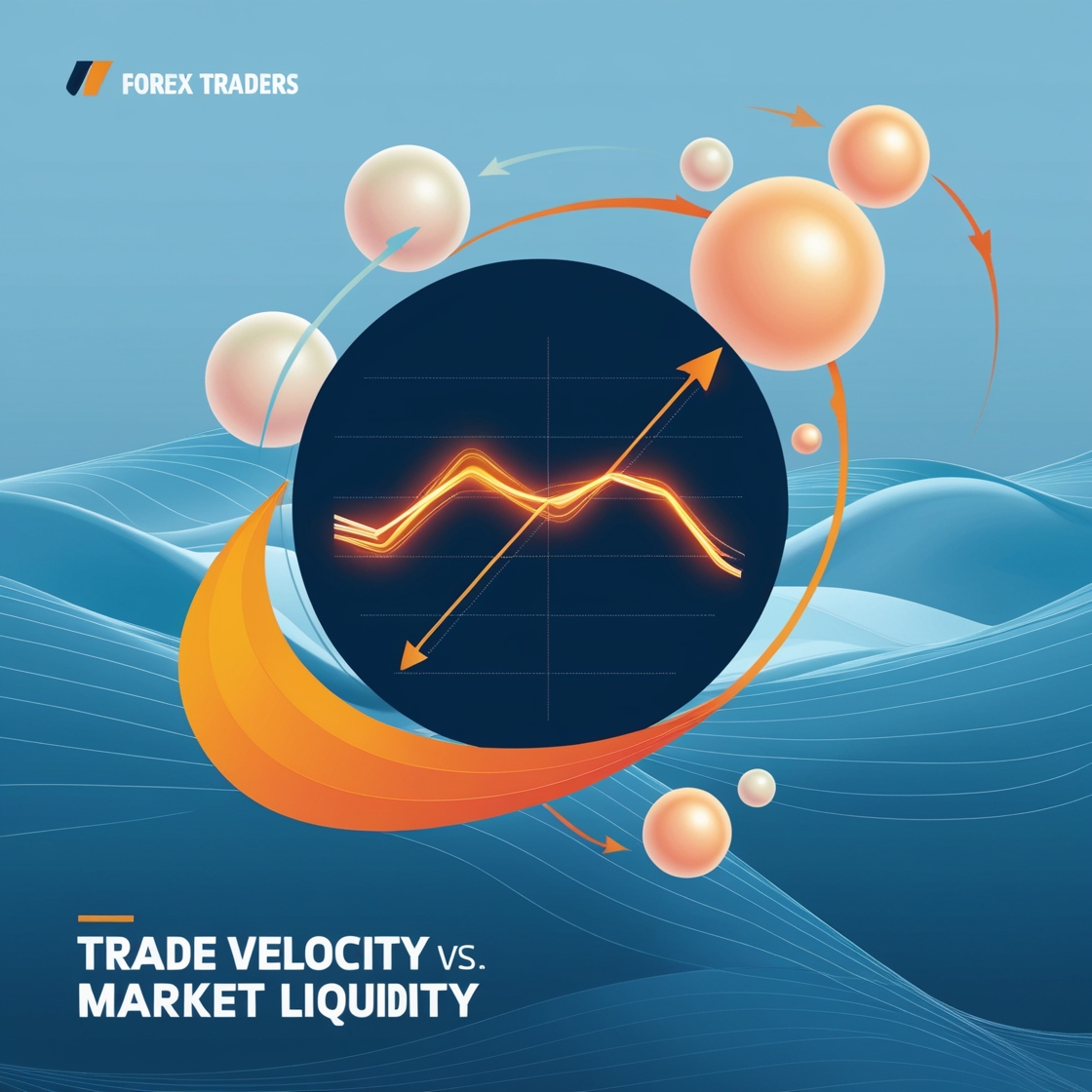Forex trading is like navigating a fast-flowing river; knowing when to paddle and when to steer can make all the difference. Two crucial concepts that every trader must grasp are trade velocity and market liquidity. While they might sound technical, understanding these metrics is essential for making informed trading decisions. Let’s dive into the details to see how these factors shape your forex journey.
What is Trade Velocity?
Definition of Trade Velocity
Trade velocity refers to the speed at which trades are executed in a market. It captures the frequency and rapidity of transactions, reflecting how “busy” the market is at any given moment.
Factors Influencing Trade Velocity
- Market News: Economic announcements can spike trade activity.
- Trading Hours: Sessions like London and New York tend to see higher trade velocity.
- Technology: Automated trading systems boost transaction speed.
Importance of Trade Velocity in Forex Trading
High trade velocity can indicate strong market participation, providing more opportunities for traders to enter and exit positions efficiently.
What is Market Liquidity?
Definition of Market Liquidity
Market liquidity measures how easily assets can be bought or sold without causing significant price changes. In forex, liquidity is crucial for smooth trade execution.
Types of Market Liquidity
- High Liquidity: Major currency pairs like EUR/USD often exhibit high liquidity.
- Low Liquidity: Exotic pairs or off-hours trading may face reduced liquidity.
Indicators of Market Liquidity
- Tight bid-ask spreads
- High trading volume
- Stable market prices
Key Differences Between Trade Velocity and Market Liquidity
Definitions Recap
Trade velocity measures speed, while market liquidity focuses on availability.
Interplay Between Trade Velocity and Liquidity
When trade velocity rises but liquidity is low, prices can become volatile—a scenario many traders dread.
How They Influence Each Other
A liquid market can handle high trade velocity smoothly, reducing the risk of slippage and widening spreads.
The Role of Trade Velocity in Forex Trading
High trade velocity often signals market interest, but it can also lead to sudden price swings. For scalpers or high-frequency traders, monitoring trade velocity is key to success.
The Role of Market Liquidity in Forex Trading
Liquidity dictates how easily trades can be executed, influencing spread costs and the likelihood of slippage. Understanding liquidity is critical, especially when managing large positions.
Challenges When Balancing Trade Velocity and Market Liquidity
When markets move too fast in low-liquidity conditions, traders risk slippage and poor trade execution. Conversely, slow markets with high liquidity may not provide enough opportunities.
Conclusion
Trade velocity and market liquidity are two sides of the same coin in forex trading. Together, they provide a comprehensive picture of market dynamics, helping traders refine their strategies. By mastering these metrics, you can navigate the forex waters more confidently.
FAQs
- What is the relationship between trade velocity and liquidity?
High trade velocity with low liquidity can lead to volatile price movements. - Can low liquidity increase trade velocity?
It can, as traders rush to secure positions, but it often results in erratic price action. - Which metric is more critical for beginner traders?
Market liquidity is usually more critical as it impacts trade costs and execution quality. - How can I improve my understanding of these metrics?
Use demo accounts and track market data to observe real-time changes. - Are there tools that combine trade velocity and liquidity analysis?
Yes, many advanced trading platforms provide integrated tools for these analyses.
